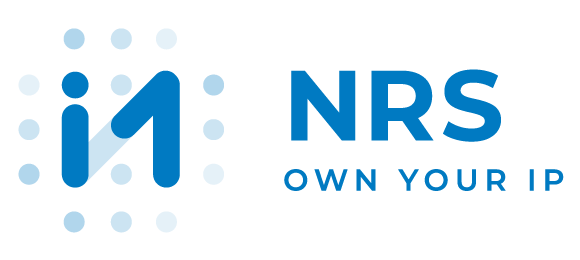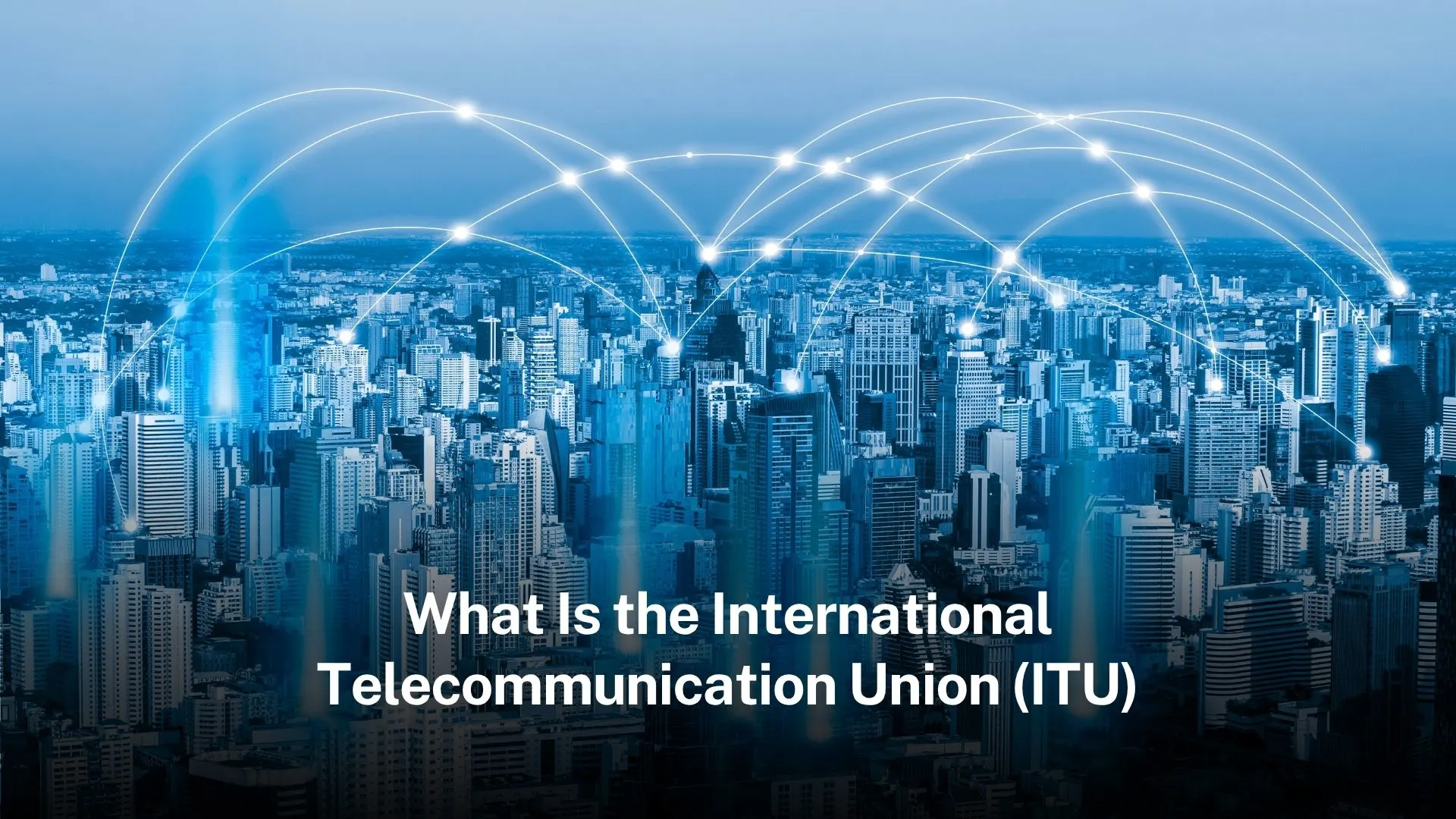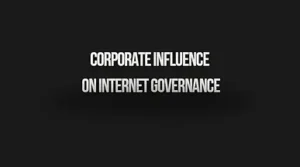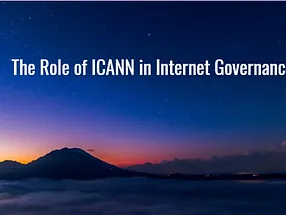ITU establishes technical regulations and standards which enable networks, satellites and terminals to connect on a global scale.
Table of Contents
ToggleThe union also allocates radio spectrum and satellite orbits, and drives development programmes to close the digital divide.
Introduction: why the ITU still matters in a connected world
The International Telecommunication Union (ITU) is the UN specialised agency for information and communication technologies (ICTs). which ensures that your mobile call is routed to the right country; that satellite operators hold and use orbital slots responsibly; and that there are standards so that phones, fibre networks and video services can communicate with each other across borders. Founded in 1865 as the International Telegraph Union, ITU is among the oldest international organisations still in existence today and deals with a spectrum of issues ranging from radio-frequency administration to world standardisation processes and digital innovation.
In this article we explain how the ITU is structured; what it actually does; how it makes decisions; why its standards matter to the industry and users; and, where applicable, what role it plays in debates about Internet governance and digital rights.
A short history: from telegraph wires to AI standards
ITU began in 1865 when 20 European states met in Paris to coordinate international telegraph networks. Over more than 150 years its remit expanded as new communications technologies arrived — voice telephony, radio, satellite communications and, more recently, broadband internet and artificial intelligence. ITU became a UN specialised agency in 1947 and today brings together nearly every UN member state alongside industry, academia and civil-society actors.
Over its long history the Union’s work has evolved from drafting operational rules for telegram routing and accounting to producing technical standards, coordinating radio-spectrum use, organising global conferences and delivering development programmes aimed at increasing meaningful connectivity. Recent ITU publications show the organisation is now also running global initiatives on AI governance and AI standards.
ITU’s three sectors: what each does
The ITU carries out its work through three primary sectors — each with distinct responsibilities:
ITU-R (Radiocommunication) — Manages the global radio-frequency spectrum and satellite-orbit resources, and produces recommendations to ensure equitable and interference-free use of frequencies. This industry is critical for radio, TV, cellular networks (such as 5G), satellite services, and navigation.
ITU-T (Telecommunication Standardization) — Produces technical standards (called “Recommendations”) that ensure interoperability of networks, devices and services. ITU-T study groups author standards that affect broadband access, multimedia coding, security and optical-fibre transport. As the bureau puts it, standards let “voice, video or data messages” be exchanged reliably between devices worldwide.
ITU-D (Telecommunication Development) — Drives development programmes to extend affordable, sustainable and inclusive ICT access. ITS-D runs training, policy guidance, and collaborations like the Partner2Connect Digital Coalition for raising funds for connection in the underprivileged areas.
A General Secretariat coordinates cross-sectoral work and the organisation’s leadership. The three-sector model reflects ITU’s twin technical and development missions: build standards and manage scarce radio resources, while helping countries turn those technical tools into real connectivity for people.
Spectrum and satellite orbits: managing scarce global resources
The radio frequencies and orbital positions, they are a kind of natural monopoly: there’s only so much of those, and that makes for only so many useful orbital slots. The ITU’s job is to manage and coordinate those resources, to ensure satellites don’t interfere with one another and different radio services can run free of harmful interference. The Radio Regulations are the principal legal instrument for this coordination.
When the world plans the next generation of mobile services or slices spectrum for satellite broadband, governments and operators use ITU processes to agree allocations and technical constraints that enable global markets. Those decisions influence investment, device design and national regulation — which is why WRCs and radio assemblies attract intense technical and political negotiation.
Development work: closing the digital divide
ITU-D runs programmes that target the practical challenge of getting people online. The bureau also releases connectivity statistics, provides the ITU Academy on digital skills, and hosts activities including Partner2Connect to mobilize funding and technical assistance for least developed countries. According to ITU reporting, multistakeholder pledges under Partner2Connect have helped mobilize billions for connectivity projects.
ITU regularly releases global connectivity reports and statistics that policymakers and donors use to prioritise investment. Its development work emphasises affordability, regulation, capacity building and inclusion — recognising that networks alone don’t deliver social or economic benefit unless people can afford and know how to use them.
Governance and membership: who sits at ITU’s table?
ITU membership includes virtually all UN member states (currently 194) plus around 900 sector members from business, academia and international organisations. Member states have voting rights in plenipotentiary decisions; sector members participate in technical work and contribute expertise and funding. The multistakeholder character of ITU is narrower than internet-era multistakeholder forums (such as the IGF or ICANN) because member states hold treaty-level power, but industry and civil society participate actively in study groups and conferences.
The decision-making process integrates statutory conferences, annual council meetings and specialized assemblies. The Plenipotentiary Conference is the highest body and the ITU Council is the body that manages the implementation of the Plenipotentiary between plenipotentiaries.
Controversies and debates: governance, human rights and the WCIT moment
The intergovernmental nature of the ITU has also been a source of controversy, most prominently at the 2012 World Conference on International Telecommunications (WCIT). That meeting sought amendments to the International Telecommunication Regulations and the process raised alarm among some governments and civil-society groups worried that the new rules might lead to an expansion of state control of the internet. A compromised outcome emerged from the summit and there was a continued debate about how the ITU should be involved with regulatory issues in internet governance and also in multistakeholder policy processes in free expression issues. It is true there was significant coverage including from major outlets and analyses by legal scholar at the time of these tensions.
Authority at the treaty level provides inter-governmental organizations with an opportunity to be co-opted by authoritarian states to engage in censorship and surveillance of their citizens; proponents say that the ITU is fundamental in providing basic communications infrastructure and technical coordination that is particularly beneficial to developing nations. The reality is somewhere in the middle: ITU technical work is essential to many services, even as political debates about governance and human rights rage on in separate fora, including the Internet Governance Forum.
ITU and the internet: complementary roles, not full control
A recurring misconception is that ITU “controls” the internet. In practice, internet infrastructure and governance are distributed across many organisations, companies and communities. ITU contributes important building blocks — standards, spectrum regulation, and development assistance — but it is only one actor among many (including ICANN, IETF, W3C, national regulators and large platform companies). This plurality of actors is part of why debates about internet governance remain complex and contested.
As scholars and technical leaders have noted, the internet’s resilience rests on a patchwork of standards bodies, network operators and governance fora. ITU’s treaty powers matter for radio and satellite law, but internet policy in areas like domain name allocation, routing, and platform regulation involves many other institutions.
ITU today: addressing AI, sustainability and next-generation networks
ITU has broadened into new and fast-moving domains — including artificial intelligence, climate resilience, and space sustainability. The organisation hosts the AI for Good Global Summit and has recently published work on AI standards and governance. Doreen Bogdan-Martin, ITU Secretary-General, has framed the organisation’s priorities around digital inclusion and steering AI “for good”, noting the speed of AI progress and the need for global cooperation to manage risks and opportunities.
That focus recognises two trends: standards and norms are now needed not just for electrical signalling and radio channels, but for data governance, system safety and ethical deployment of machine intelligence. ITU aims to convene governments, industry and technical experts to develop intergovernmental and technical guidance that supports interoperability and human-centred outcomes.
Why businesses and engineers still care
For vendors, operators and regulators, ITU outputs are practical and commercial instruments. The Harmonised spectrum allocations allow the device manufacturers to manufacture in bulk the handsets; the standards being compatible reduce the cost of integration; and the treaty regime of radiocommunication gives satellite operator a certainty under the law. For instance, decisions on spectrum that are coordinated at the ITU have a direct impact on the speed and cost at which mobile networks can be deployed in developing countries.
Standards work in ITU also helps avoid fragmentation — when networks and devices “speak the same language” we get cheaper international roaming, consistent quality of service and predictable regulatory outcomes. Seizo Onoe’s public remarks about partnering across standards bodies reflect the practical need for coordination to keep global supply chains and network deployments efficient.
How to follow ITU work and access its outputs
ITU publishes its Recommendations, Radio Regulations and many backgrounders and reports on its website. Key entry points include the ITU-T pages for standards, ITU-R for spectrum and Radiocommunication Bureau material, and ITU-D for development projects and statistics. The ITU Secretary-General’s speeches and the AI for Good platform are useful for understanding the organisation’s strategic direction.
For researchers and policymakers, ITU’s global connectivity reports and data visualisations are an authoritative source for country-level statistics on internet access, affordability and usage.
The Future of the ITU in a Multipolar Digital Environment: A Balancing Act
ITU straddles technical know-how, national sovereignty and global public goods. It excels at hard technical coordination — spectrum, treaty instruments and transnational standards — and in providing capacity and data to developing countries working to connect their people. The challenge moving forward will be to maintain technical rigor while constructively engaging the many non-state actors that now influence the internet and digital markets. As the ITU leaders have put it publicly: the organization has to be a neutral broker that helps facilitate interoperability, fairness, and safety without stifling innovation or human rights. That tension is far from easy or fixed; it will be further tested as the world negotiates AI and space traffic management and the social impact of ubiquitous digital services.
Frequently asked questions
1. Is the ITU the organisation that “controls” the internet?
No. ITU plays a major role in spectrum, satellite coordination and technical standards, but internet governance is distributed across many organisations (ICANN, IETF, regional registries, national regulators and others). ITU contributes building blocks and convening power, but it does not alone control the internet.
2. How are ITU standards enforced?
ITU Recommendations are technical standards; they become effective when national governments, regulators or industry adopt them in regulation, procurement or product design. The Radio Regulations are a treaty — countries that ratify them undertake legal obligations regarding spectrum and orbital filings.
3. Who leads the ITU today?
The ITU is led by a Secretary-General and supported by bureau directors for ITU-R, ITU-T and ITU-D. As of recent ITU publications and speeches, Doreen Bogdan-Martin serves as Secretary-General. For details about bureau directors and leadership, see ITU’s official pages.
4. How can industry participate in ITU work?
Companies and academic institutions join ITU as sector members and contribute experts to study groups and conferences. Sector membership gives access to technical drafting and policy discussions, but treaty-level decisions remain the prerogative of member states.
5. Why should developing countries care about ITU?
ITU-D provides capacity building, data and policy advice that can lower the cost of deployment, improve regulatory frameworks and attract investment. Harmonised standards and spectrum allocations can reduce equipment costs and accelerate national broadband roll-outs — a material benefit for countries seeking to expand affordable connectivity.





Solid article. No fluff, just value.
You’ve distilled a complex topic into something very manageable.